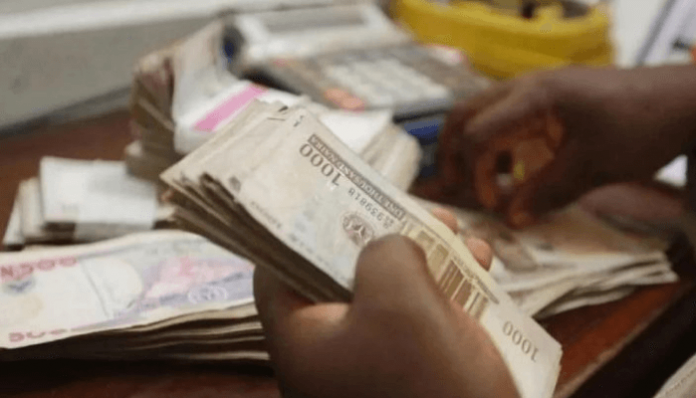Persistent selloffs caused the average yield on Nigerian Treasury notes to rise by 45 basis points as worries about the local market’s inflation situation grew. During the midweek, selloffs were driven by investor risk aversion and the market’s desire for liquidity, which resulted in a little increase in the yield.
According to statistics recorded by FMDQ Exchange, the money market’s short-term benchmark interest rates surged until the pressure subsided and settled at an average of 32%.
Interbank rates moderated as a result of significant coupon payment inflows on FGN bonds totaling N145.98 billion, which depleted the financial system’s liquidity.
Following a surge in systemic liquidity, the open repo rate (OPR) and overnight lending rate (OVN) in the money market plummeted to 30.21% and 31.30%, respectively.
“The overnight lending rate contracted by 204 basis points to 31.3% following the inflow from FGN bond coupon payment totaling N145.98 billion”, Cordros Capital Limited said in a note to clients.
The sustained risk off sentiment in the fixed income market lifted yield curve. Investors continue to park cash in government borrowing instruments over attractive yields.
Changing market dynamics had caused yield to climb strongly, though there is 8.45% gap between benchmark interest rate (24.75%) and inflation rate (33.20%) in March, 2024.
In the secondary market, the average yield expanded by 45bps to 19.3%, Cordros Capital Limited told investors in its market update. Traders said across the curve, the average yield pared at the short (-1bp) and mid (-1bp) segments.
The yield contractions at short and belly of the curve was attributed to mild interest on the 84-day to maturity bills whose yield declined by -1bp. The market also recorded buying interest in 161 day to maturity bill, causing its yield to decline by -1bp.
Investors reduced their holdings at the end of the curve. As a result, yield expanded at the long (+91bps) end as participants sold off the 322 day to maturity bills – its associated yield rose by 305 basis points. Elsewhere, the average contracted by 1bp to 18.5% in the OMO bills segment in the secondary market.
In the bond market, trading activities ended on a mixed note but with a bearish bias, traders said. The average yield increased slightly by 1bp to 19.2%. Across the benchmark curve, the average yield expanded at the short (+1bp) and mid (+3bps) segments.
The yield surge was due to profit-taking activities on the MAR-2027 (+1bp) and JUN-2033 (+10bps) bonds, respectively. Meanwhile, the average yield closed flat at the long end.














